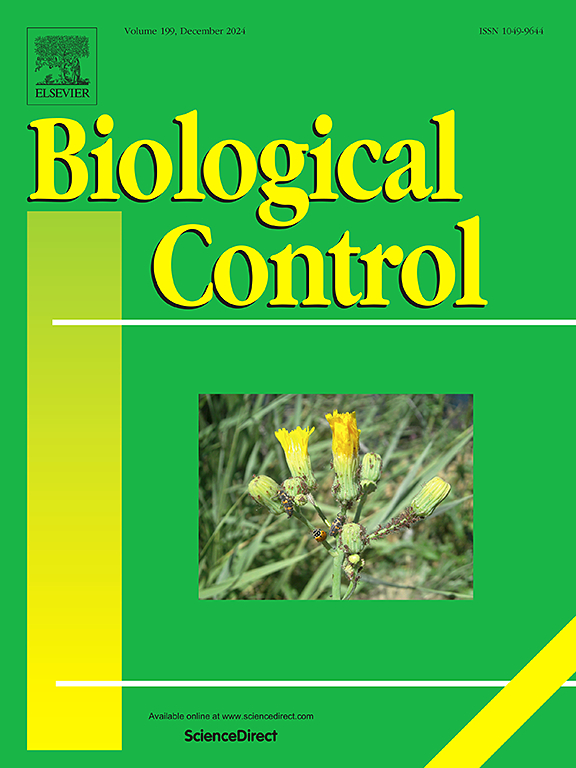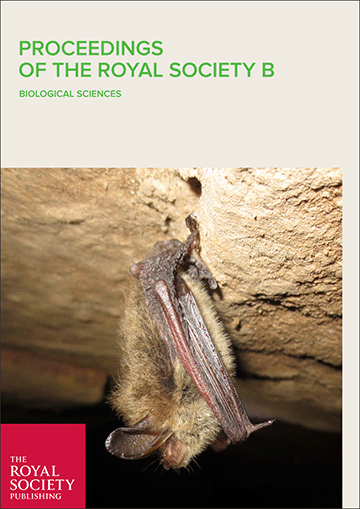The Importance of bushmeat trade in Amazonian towns has been very little studied, either because it is thought to be insignificant or due to the context of illegality. Based on preliminary field work to identify the main stakeholders involved and the existing trade routes, our study aimed at describing the invisible bushmeat trade using a participatory monitoring protocol in Leticia and Puerto Nariño in Colombia, Tabatinga, Benjamin Constant and Atalaia do Norte in Brazil, and Santa Rosa and Caballococha in Peru. The monitoring system included two key levels of the market chain: hunters and market traders. With the support of our research team, the hunters and traders self monitored their activities during 60 days and 20 days respectively during two hydro-climatic periods. Our study shows that the most hunted species are paca, tericaya turtle and currassows while the most commercialized species are paca, tapir, collared peccary and the red brocket deer. We registered a total of 13 tons of bushmeat captured by hunters (from 29 species) and 6.7 tons of bushmeat sold by market sellers (from 19 species). We extrapolated this data to a year and to the total numbers of stakeholders involved in the trade and found that 473 tons of bushmeat are traded per year in market places from the main Tri frontier towns, which taken to the total urban population size of the area, equals to 3.2 kg/hab/year, a number that is comparable to those found in Central African urban settings.
Download:
DOI:
https://doi.org/10.15451/ec2014-11-3.7-1-11
Altmetric score:
Dimensions Citation Count:

























